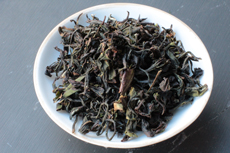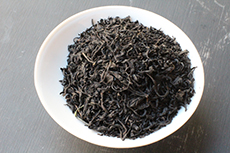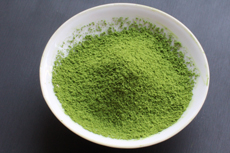.
Search results
Results 1 till 4 of a total of 4 (1 pages).
-
Blog Länggass-Tee
-
Uroncha
A very beautiful Japanese Oolong from the tea variety Yumewakaba. It has been produced in the manner of Taiwanese ball-shaped Oolongs, but more oxidated and rolled more loosely. Since recently, we find not only the traditional green teas, but also Oolong (Japanese: Uroncha) and black tea (Japanese: Kocha) produced according to Taiwanese and Chinese techniques.The tea plant Yumewakaba has been produced by the tea research and development center Saitama. It is a breeding of Yabukita and a plant close to Yabukita, the Saitama- No. 9. The plant is suited for withering and thus well suited for Oolong and black tea. The tea develops a floral fragrance, sometimes reminding of Osmanthus.Hiruma-san, the tea producer, likes to experiments and is a genuine tea artisan, who does not only knows the various tea plants well, but also develops new production techniques. -
Kocha
A very beautiful Japanese black tea from the tea variety Yumewakaba. It has been produced in the manner of modern Chinese black teas, i.e. as a whole leaf. Since recently, we find not only the traditional green teas, but also Oolong (Japanese: Uroncha) and black tea (Japanese: Kocha) produced according to Taiwanese and Chinese techniques.The tea plant Yumewakaba has been produced by the tea research and development center Saitama. It is a breeding of Yabukita and a plant close to Yabukita, the Saitama- No. 9. The plant is suited for withering and thus well suited for Oolong and black tea. The tea develops a floral fragrance, sometimes reminding of Osmanthus.Hiruma-san, the tea producer, likes to experiments and is a genuine tea artisan, who does not only knows the various tea plants well, but also develops new production techniques. -
Maccha Ennennomukashi
Finely ground Tencha of superior quality and freshness (small batches are ground in stone mills in Hoshino and then sent by airmail). Store in the fridge! This Maccha received its name from the Urasenke tea school for its superior quality. (English transcription: Matcha Ennennomukashi). The tea has been harvested manually.This tea is meant for Chanoyu (the japanese tea ceremony) and suitable for Kocha (thick tea).
.










